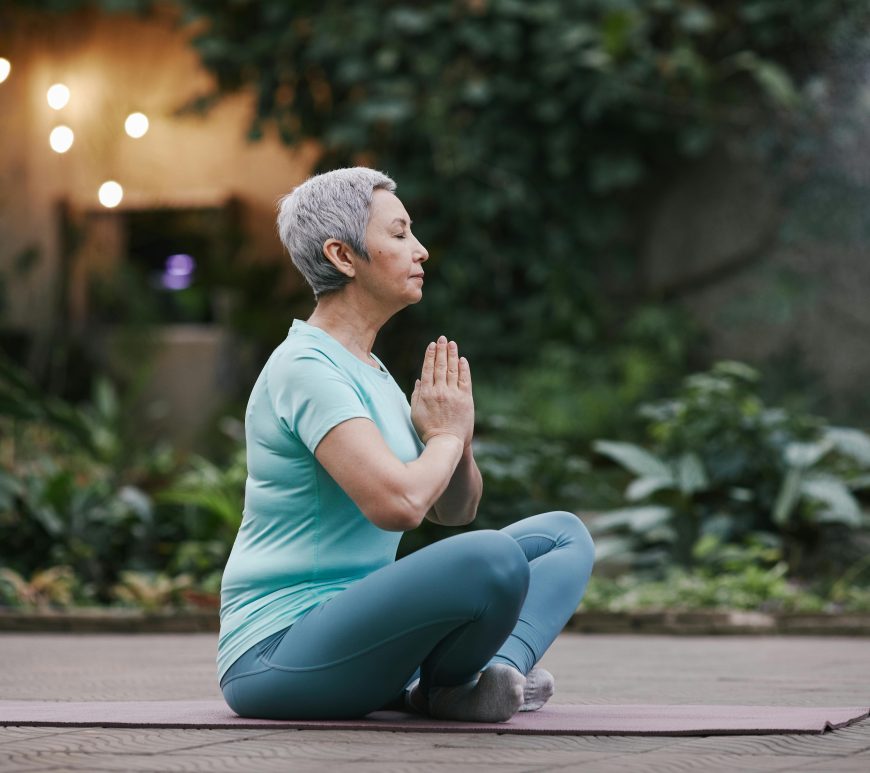
Circuit class therapy or one-on-one sessions: Which benefits stroke rehabilitation best?
In 2007, controlled trial conducted by Coralie K English and colleagues, the effectiveness of circuit class therapy versus individual physiotherapy (PT) sessions in enhancing walking ability and functional balance among stroke survivors undergoing inpatient rehabilitation was examined. This non-randomized, single-blind study involved sixty-eight participants receiving inpatient stroke rehabilitation within a medical rehabilitation ward. The participants were divided into two groups: one receiving group circuit class … Continue reading Circuit class therapy or one-on-one sessions: Which benefits stroke rehabilitation best?



